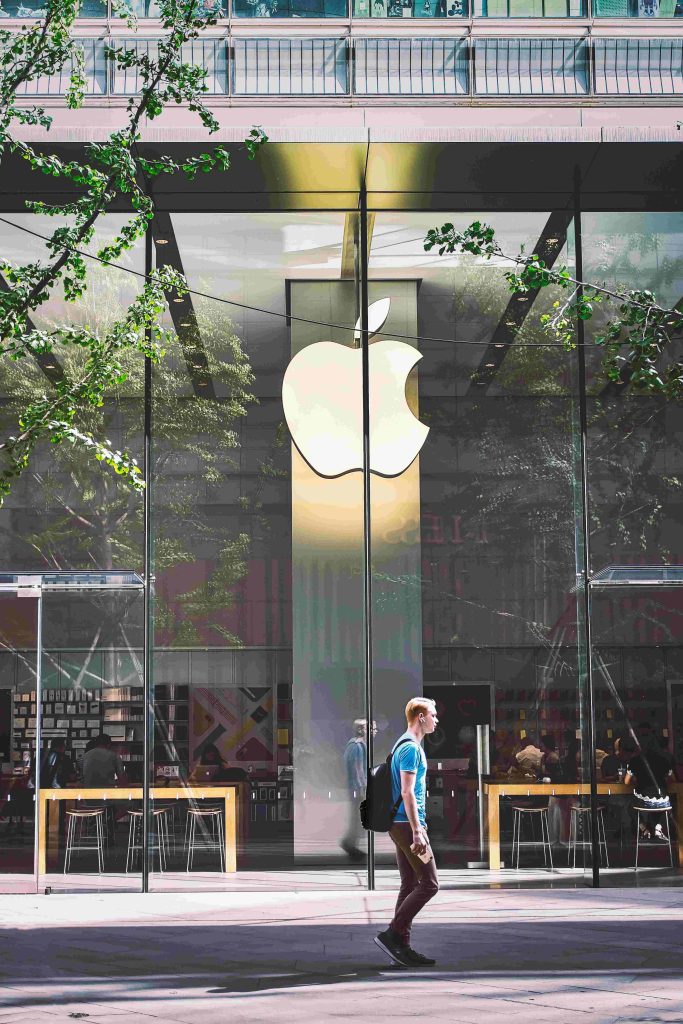Leadership at Nvidia vs. Apple takes very different approaches. Nvidia CEO Jensen Huang has a strong strategic focus, keeping his eyes on the big picture and long-term opportunities. Huang is always thinking about where technology and markets might go in 5-10 years. His vision helps drive Nvidia research into new areas like artificial intelligence and self-driving cars.
Apple CEO Tim Cook takes a more tactical approach. While Cook follows the strategic vision set by late co-founder Steve Jobs, his focus is on the next 1-2 years. Cook ensures Apple executes flawlessly on existing initiatives like the iPhone and other popular products. He manages the business to maximize short-term profits and shareholder value.

Nvidia vs. Apple: Difference Between Strategic and Tactical Leadership
Strategic vs Tactical
Strategic leadership, like Huang’s style at Nvidia, is focused on long-range planning and vision. The strategic leader spends time understanding future possibilities and challenges. They guide organizational research and development in new directions that could emerge as important over the horizon.
Tactical leadership concentrates on efficiency, execution, and existing operations. The tactical leader, exemplified by Cook at Apple, spends more time optimizing processes, managing budgets, and getting the most value from current business lines. They focus on continuous improvement rather than breakthrough innovation.
Thinking Big vs Thinking Small
Huang’s strategic mindset allows Nvidia to think big and explore bold new areas like AI and self-driving cars that could transform entire industries. This brings big risks but also immense rewards if the visions prove accurate. Huang is willing to invest heavily today for gigantic potential payoffs tomorrow.
Cook keeps Apple focused on thinking small – incremental upgrades to the iPhone, Watch, and other hit products. This maintains a steady revenue stream but limits the potential for radical market shifts. Apple plays it safer, prioritizing near-term gains over uncertain long-term gambles.

Organizational Culture
Nvidia’s culture under Huang’s leadership is one of calculated risk-taking. Engineers are empowered to experiment with new concepts with a long runway to see if they bear fruit. Failure is an accepted part of securing future wins.
Apple’s culture nurtured by Cook emphasizes consistency, quality control and operational excellence. Employees work to polish existing initiatives, avoiding major pivots that could disrupt workflows or financial targets. Messy changes are eschewed in favor of smooth execution.
Leadership Strengths
Both approaches have significant benefits. Nvidia’s strategic model allows them to venture into lucrative emerging domains before competitors. And Apple’s tactical style ensures their iconic products deliver incredible user experiences year after year.
While profit and performance are priorities for both companies, their leaders showcase different strengths. Huang leads through inspiration and empowerment, sharing his expansive vision. Cook leads by process optimization and continuous improvement to service the vision crafted by others.
Together Nvidia and Apple demonstrate there is no single right way to lead. Different situations call for strategic foresight or tactical execution. Both styles have yielded tremendous success when matched to an organization’s needs and opportunities.
Conclusion
Nvidia vs. Apple demonstrate that leadership styles should match the specific needs and opportunities of each organization. Huang’s strategic thinking at Nvidia supports ambitious research into emerging technologies. Meanwhile, Cook’s tactical focus ensures Apple continuously improves upon Jobs’ vision through polished execution.
Both approaches have proven effective when aligned with company culture and objectives. Rather than one single best way, leadership must be adapted based on a situation’s unique demands. Nvidia vs. Apple provide an excellent example of this principle in action.

